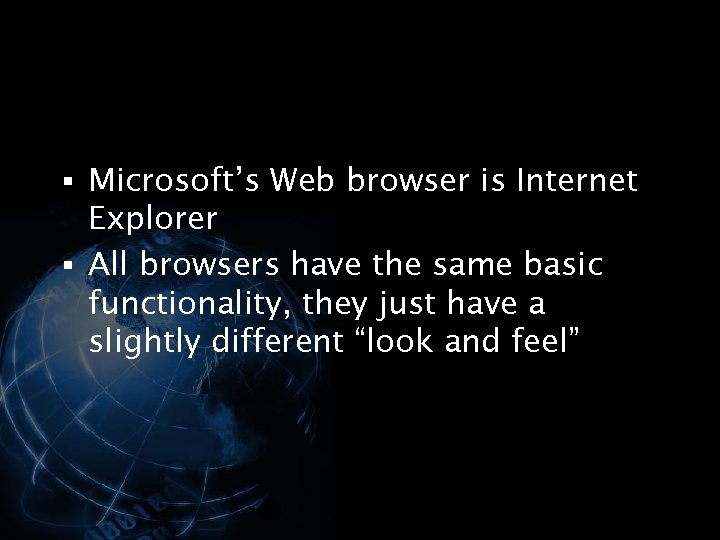

Helps you create element hiding rules for Adblock Plus to fight the text ads. See my Thunderbird extensions here.Īpplication: Firefox 2.0.0.3 (2007030916) And the extension works with Mozilla's Thunderbird news and mail client, too. The extension is listed in the list it created. For our example, working with tabs is required, so this needs to be specified in the manifest.Įxtension manifests are written in the JSON format we’ll explain the specifics later, but for now just open up a text editor, type the following into a new file and save it as manifest.json in an empty directory, anywhere you like.Ĭ following list was generated by a Firefox extension (that I've tweaked for use here). There is another important aspect to extension manifests - inside we define the necessary permissions in order for the extension to run properly. This is where we define the name of the extension, its description, author, version number, and other such details. The first step we’ll take is to define the extension manifest. Step 1: Defining the extension with an extension manifest This is a pretty trivial example, but it’ll get you used to the basics. We’ll make a simple extension that will add a button to the browser toolbar - when clicked, the button will open up a new tab and load. Now that we’re familiar with the basics of how it all works, let’s try putting an extension together. To know more about the architecture of extensions in Opera, please read the associated article, which describes it in detail. You could also need some other HTML (and related CSS and JavaScript) files for button popups or an options page.Īpart from all the JS and HTML files, you’ll also need to put in some images for the extension icons.Īll of this is wrapped in a ZIP file format with the. Apart from that, it could have a content script which deals with changes to web pages. It will also typically have a background page or background script, which is responsible for communicating with the browser UI. It also lists the various API permissions we want the extension to have.

What’s in an Opera extension?Īn Opera extension contains a manifest file which defines metadata like the name of the extension, its author, etc. In this article we’ll put together a simple example extension to show you how it works. And even if you aren’t, Opera extensions are still easy - they are made using open web technologies, plus some specific APIs to tap into browser functionality. If you are already familiar with making Google Chrome extensions, then you will be right at home, as Opera uses the Chromium extensions architecture (with some minor differences). Making extensions for Opera is really easy.


 0 kommentar(er)
0 kommentar(er)
